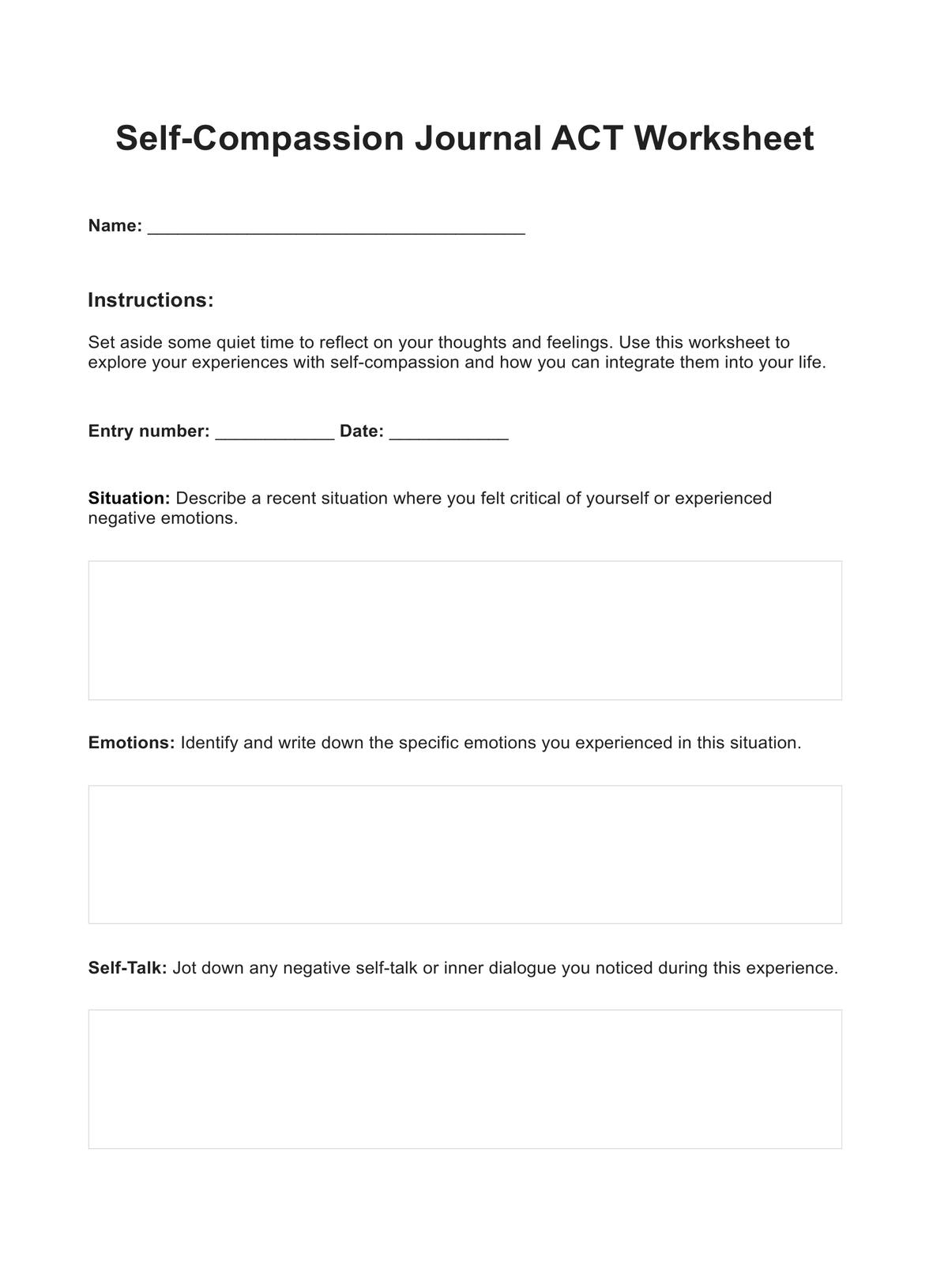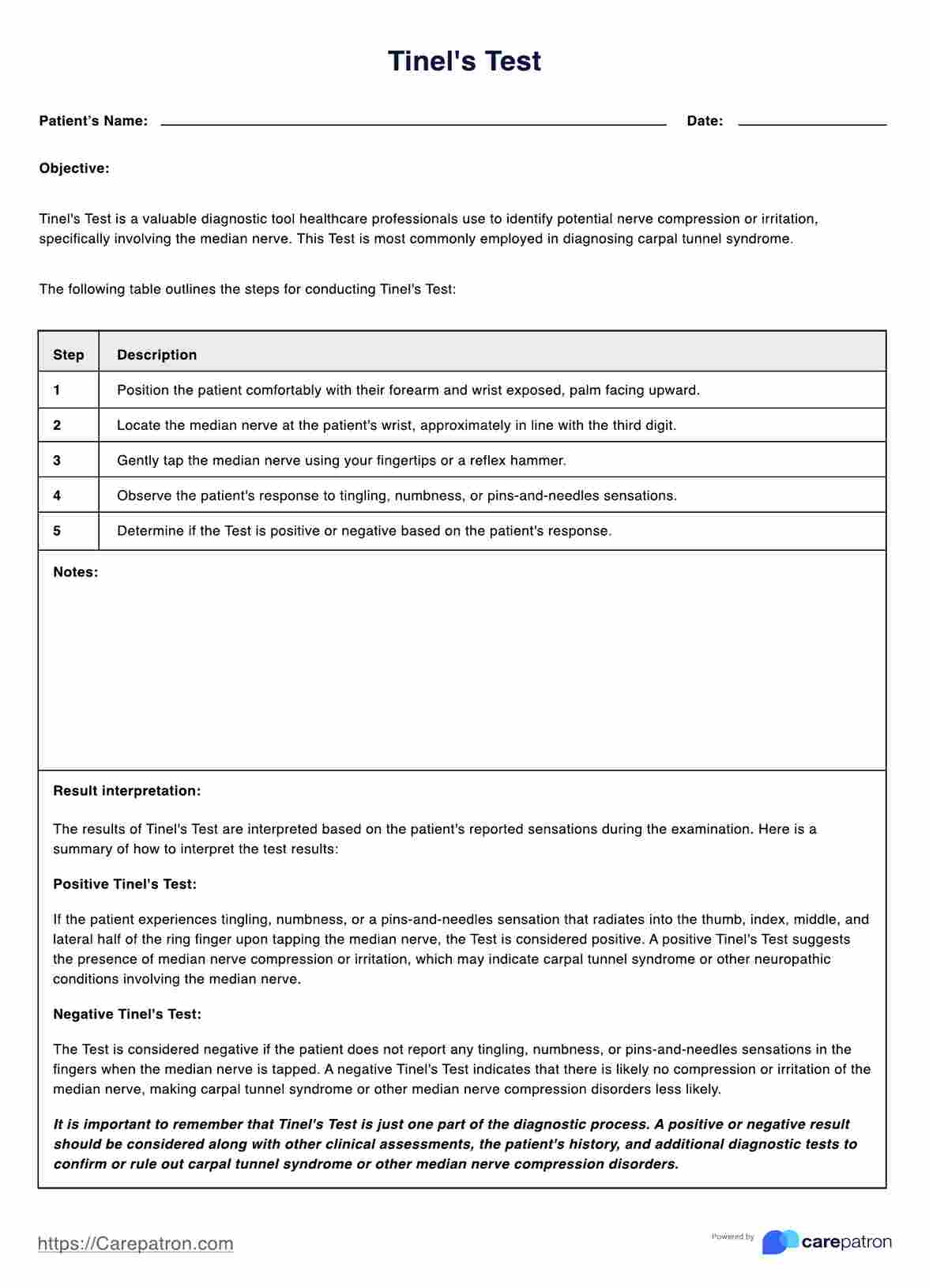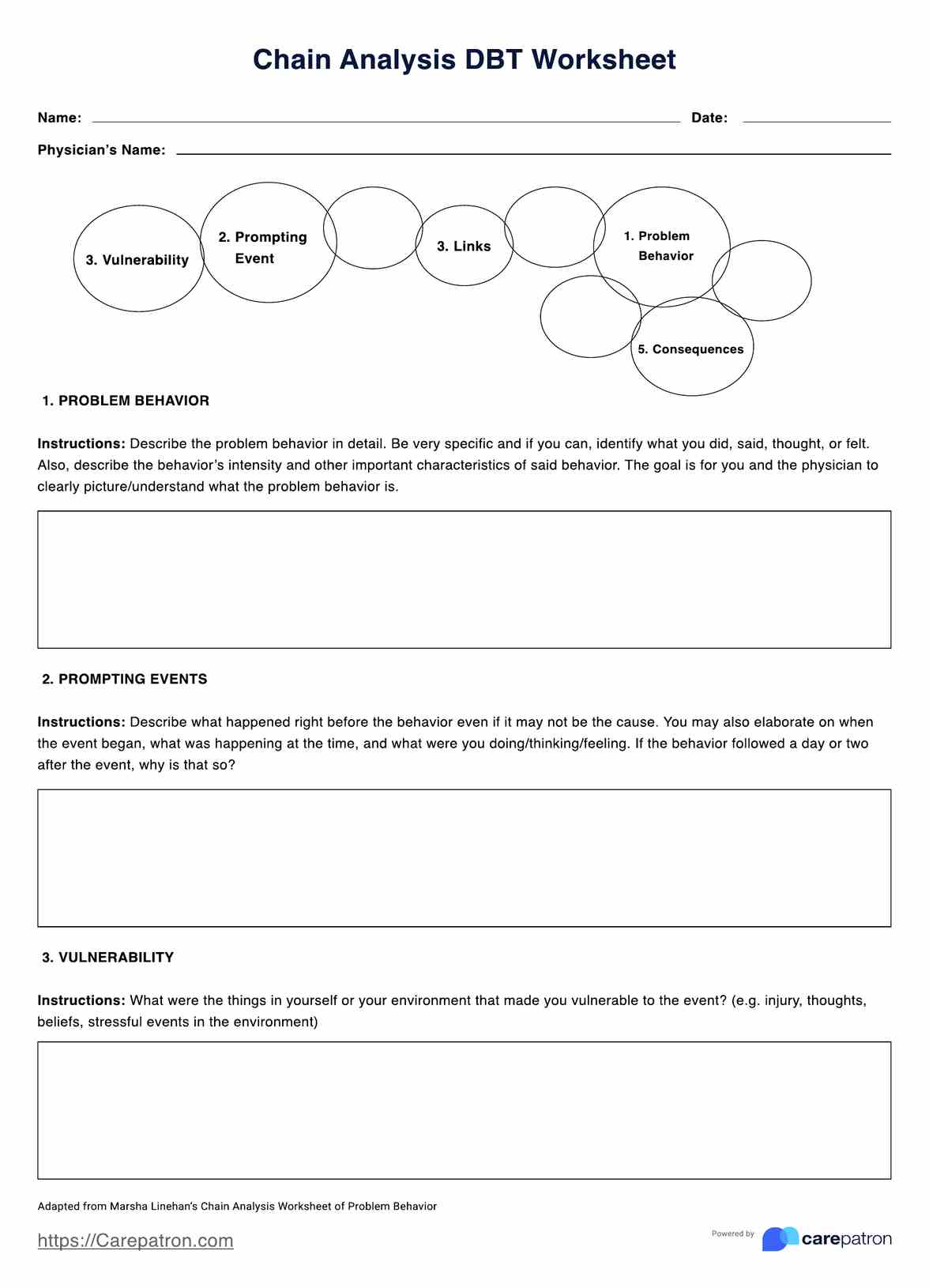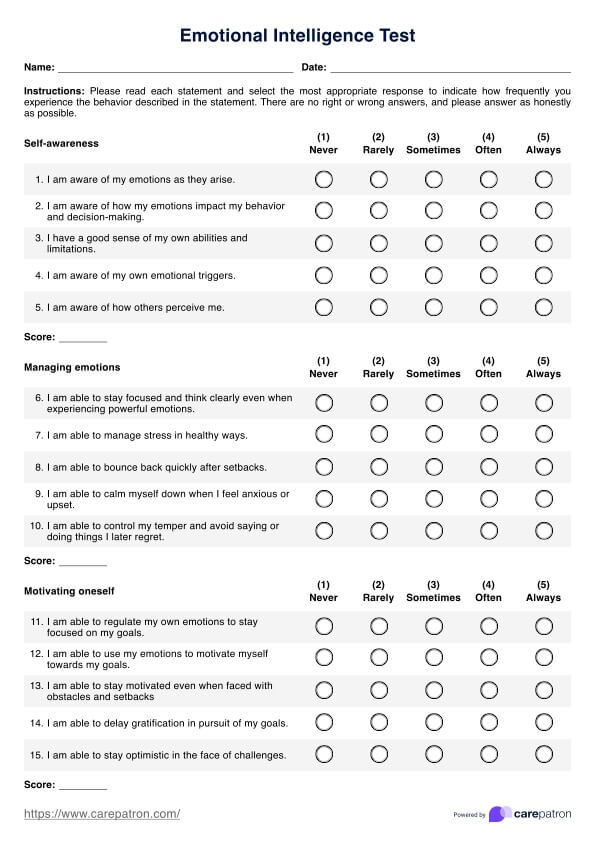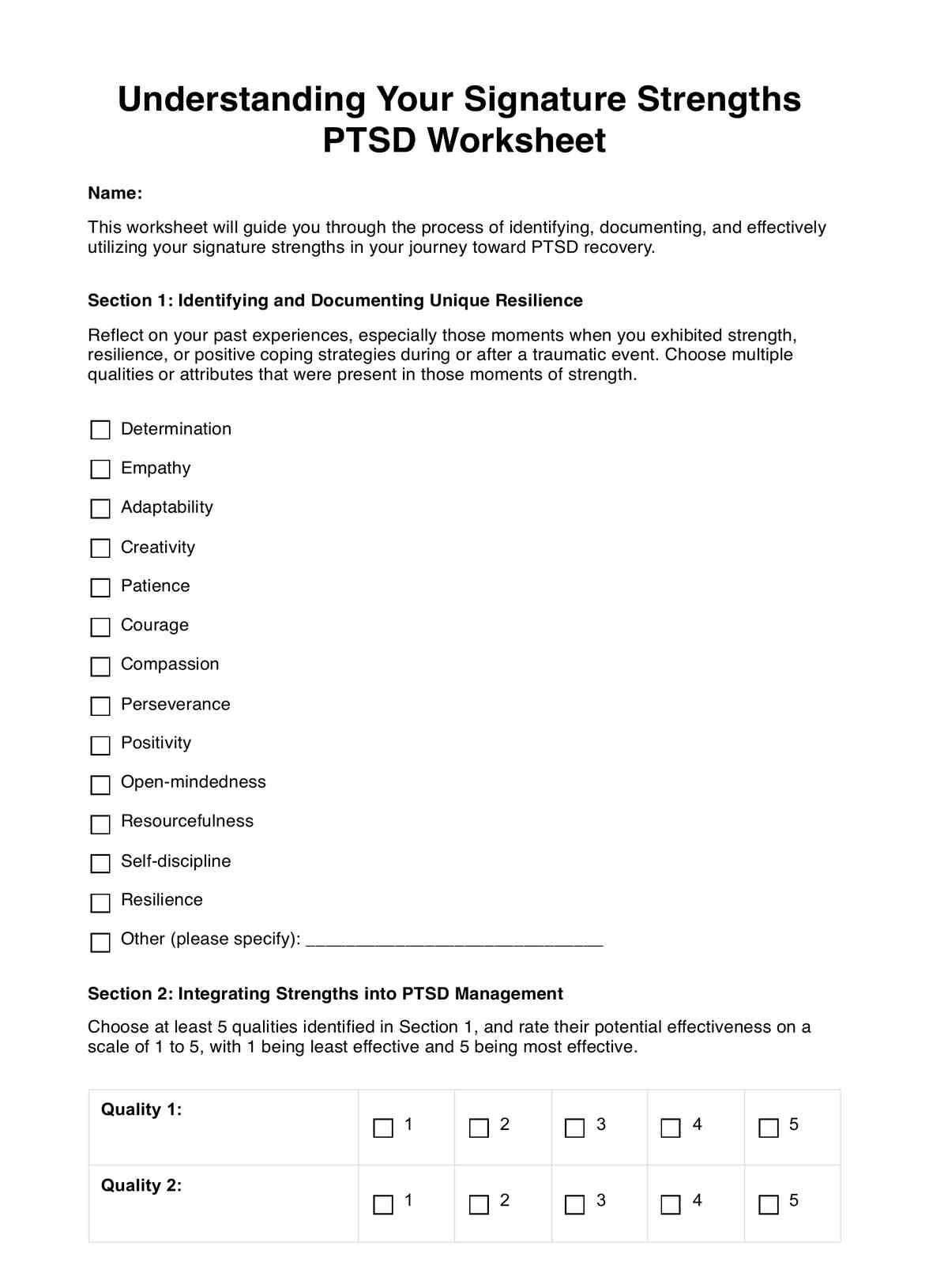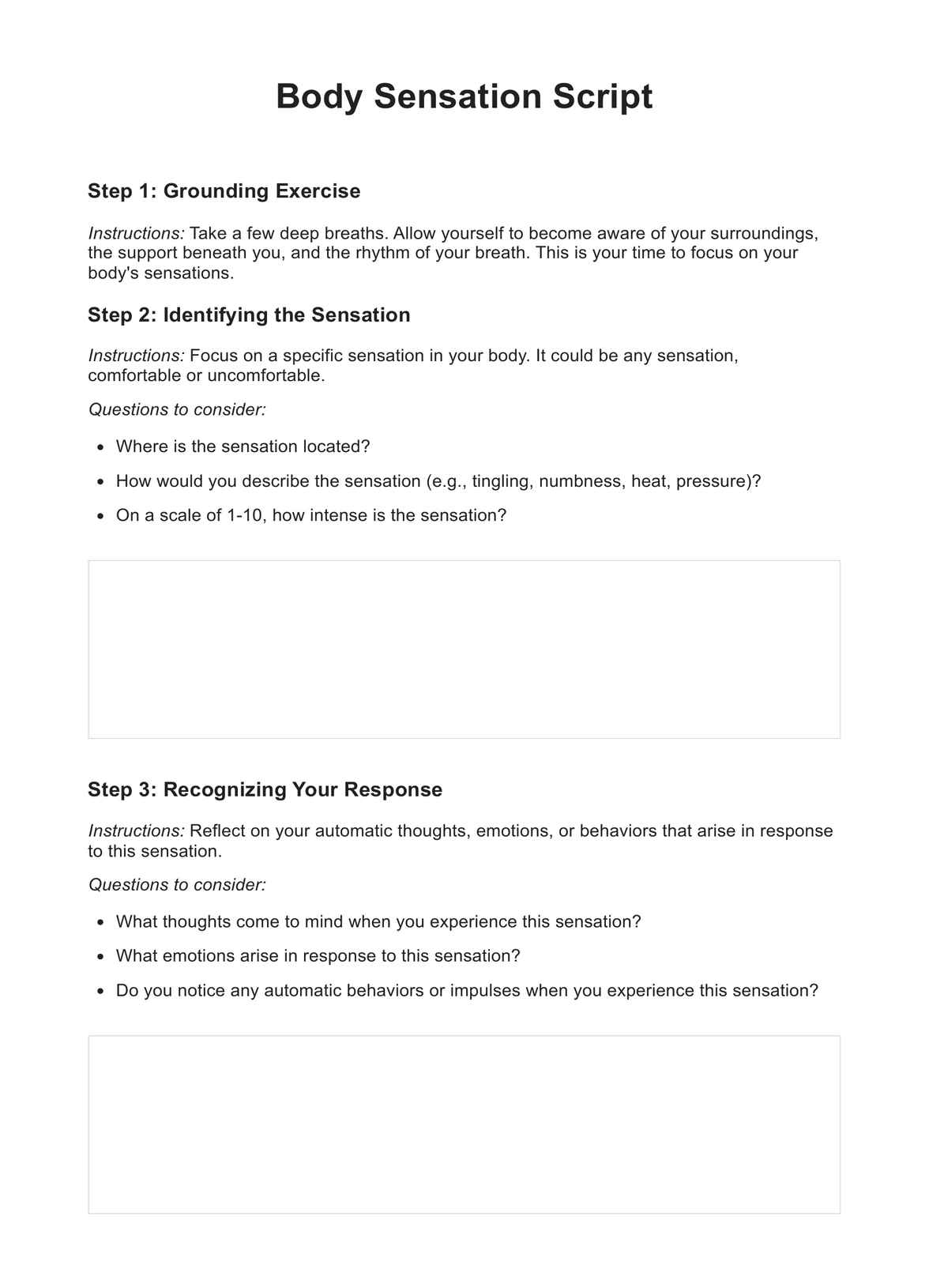Deep Tissue Massage Diagrams
Get access to a free Deep Tissue Massage Diagram for your practice. Download our free template and example now.


What is a Deep Tissue Massage Diagram?
are a visual representation that outlines the techniques and procedures employed during a deep tissue massage therapy session. This specialized form of massage focuses on reaching the deeper muscle layers and connective tissues to alleviate persistent muscle tension, discomfort, and pain.
The diagram typically encompasses vital elements such as muscle anatomy, depicting major muscle groups targeted in the message, and illustrations showcasing various techniques employed. These techniques may contain stripping, which involves applying pressure along muscle fibers, friction to release tension, kneading to reach deep muscle layers, compression to enhance blood flow, and stretching for improved flexibility.
The diagram also clarifies the direction and pressure needed for each technique to ensure proper execution. It may highlight specific regions of concentration like the neck, shoulders, back, and legs while offering information on precautions and sensitive areas to consider.
Deep Tissue Massage Diagrams are valuable educational aids for massage therapists, students, and those interested in comprehending the intricacies of deep tissue massage techniques, promoting both safe and effective practice.
Deep Tissue Massage Diagrams Template
Deep Tissue Massage Diagrams Example
How does it work?
Our Printable Deep Tissue Massage Diagrams offer a comprehensive guide for effective massage therapy. Follow these steps to make the most of your massage session:
Step One: Access the Deep Tissue Massage Diagram
Download the Deep Tissue Massage Diagram through our provided link or our platform. You can also find it in our resources library.
Step Two: Familiarize Yourself with Muscle Groups
Use the diagram to familiarize yourself with the major muscle groups and their locations. Understand how different muscles are interconnected and contribute to the overall tension.
Step Three: Plan Your Massage Approach
Refer to the diagram as you plan your massage approach. Identify the specific muscle groups needing attention and consider the pressure points and techniques to provide the desired relief.
Step Four: Execute the Massage
During the massage session, use the diagram as a visual aid to guide your movements. Apply appropriate pressure and techniques to target the identified muscle groups and alleviate tension.
Step Five: Evaluate and Adjust
After the massage, assess the client's feedback and comfort level. Reflect on the effectiveness of your approach and make any necessary adjustments based on their experience.
When would you use this Form?
The most suitable time to utilize the Deep Tissue Massage Diagram depends on the context and purpose. If you're a massage therapist preparing to administer a deep tissue massage, consider the following approaches:
- Guided Session: Share the diagram with your client before the massage, explaining the techniques and benefits involved in the process. This approach may enhance their comfort and anticipation.
- Visual Aid During Massage: During the massage session, refer to the diagram as a visual guide to accurately locate muscle groups and apply the appropriate pressure techniques.
- Post-Massage Discussion: After the massage, review the diagram with your client to illustrate the areas targeted and the techniques applied. This enhances their understanding of the session.
If you're an individual exploring the benefits of deep tissue massage independently:
- Preparation: Familiarize yourself with the diagram before your massage session to better understand the techniques that will be used.
- Post-Massage Reflection: After the massage, revisit the diagram to identify the muscle groups that were worked on and gain insight into the targeted areas.’’
Benefits
Enhanced Understanding for Practitioners
Our free Deep Tissue Massage Diagrams provide healthcare professionals and massage therapists with a visual representation of muscle groups and their interconnections. This aids in understanding the body's anatomical structure and assists in identifying areas that require focused attention during deep tissue massage sessions.
Precise Targeting for Therapeutic Benefits
For healthcare professionals offering deep tissue massage therapy, the diagram serves as a guide to accurately target specific muscle groups that contribute to tension and discomfort. This precision enhances the effectiveness of the massage, promoting relaxation and alleviating muscular stress.
Communication Tools with Clients
The diagram can be shared with clients before a massage session, fostering communication and transparency. Explaining the techniques and areas to be addressed enhances clients' understanding of the massage process, promoting a sense of trust and collaboration.
Personal Assessment for Individuals
Individuals seeking the benefits of deep tissue massage can also benefit. By studying the diagram, they can gain insight into the muscle groups targeted during the massage. This understanding allows them to communicate preferences to massage therapists and develop an informed approach to their well-being.
Progress Tracking and Comparison
For those incorporating regular deep tissue massages into their wellness routines, the diagram provides a basis for tracking progress over time. Individuals can compare their understanding of muscle groups and areas of tension before and after massages, gaining a deeper awareness of their body's responses.

Research & Evidence
Deep tissue massage can be traced back to the mid-1800s when Canadian physicians pioneered it. This therapeutic technique gained recognition for its focus on targeting deeper layers of muscle and connective tissue to address chronic pain and muscle tension.
It wasn't until 1949 that a significant milestone was reached in the history of deep tissue massage, with the establishment of the first-ever deep tissue massage clinic by a Canadian doctor named Therese Phimmer.
Over the years, deep tissue massage has evolved and matured. Advancements in medical knowledge, technological tools, and scientific research have contributed to a more refined understanding of the body's musculoskeletal system. This has led to the development of innovative techniques that optimize the effectiveness of deep tissue massage, ensuring that it remains a valuable therapeutic approach for individuals seeking relief from chronic pain, muscular discomfort, and stress.
The introduction of the deep tissue massage diagram has played a pivotal role in enhancing the practice. The diagram serves as a visual aid that helps massage therapists and clients understand the anatomical structure of muscle groups and their interconnections.
References
Smith, Melinda Ratini. “Deep Tissue Massage: Benefits, What to Expect, and More.” WebMD, WebMD, 29 May 2018
Commonly asked questions
Deep Tissue Massage Diagrams are utilized by massage therapists, students, clients, educators, and health enthusiasts to understand muscle anatomy, enhance communication, and facilitate effective massage techniques.
The resource is used during massage therapy sessions, in educational settings, client consultations, self-education, and professional development workshops.
Our Printable Deep Tissue Massage Diagrams provide a comprehensive guide for effective massage therapy. Access the diagram, study muscle groups, plan your approach, execute the massage with guidance, and evaluate for optimal results.


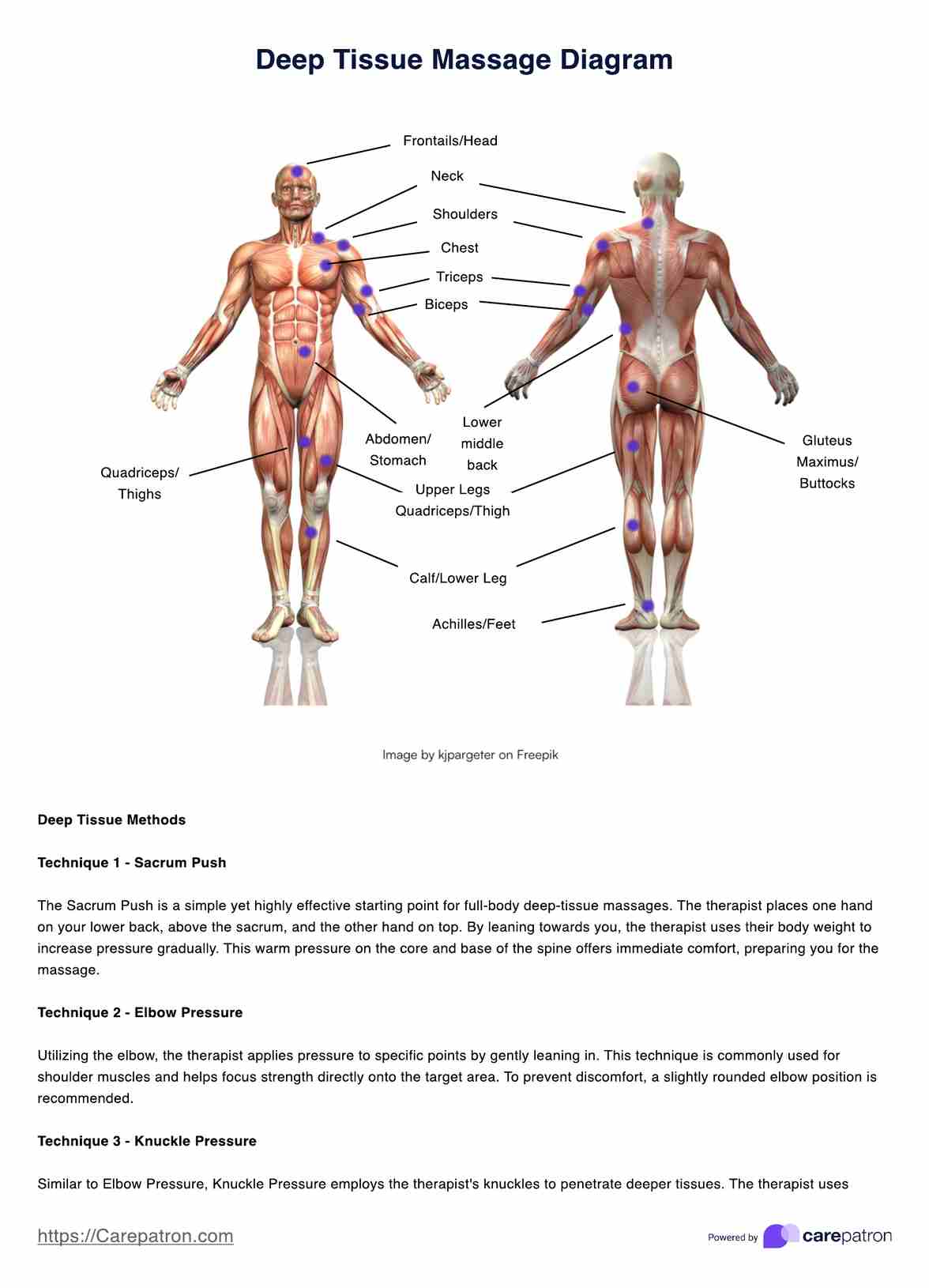
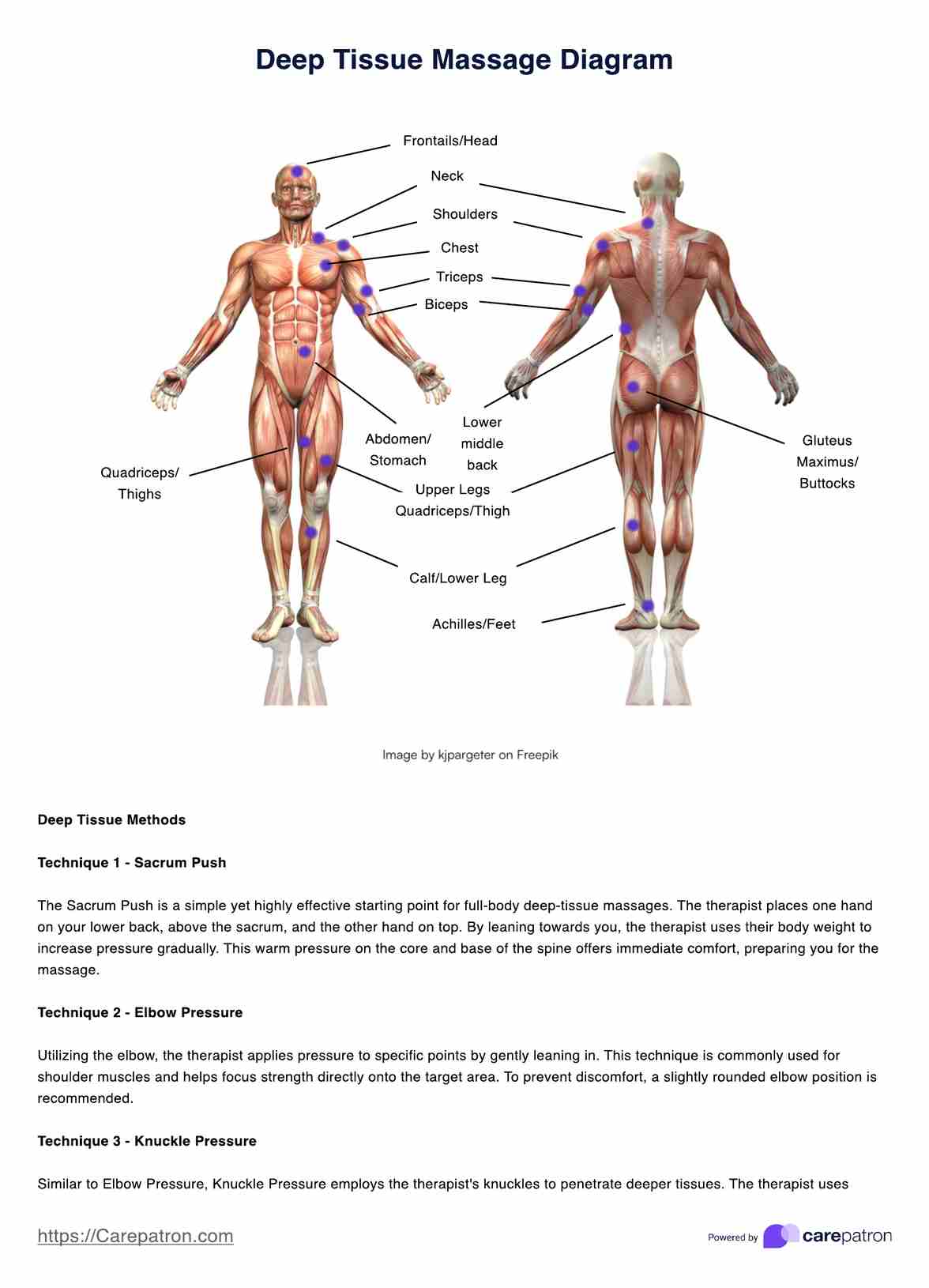
















-template.jpg)



















































































